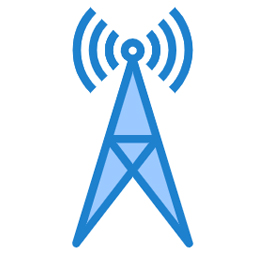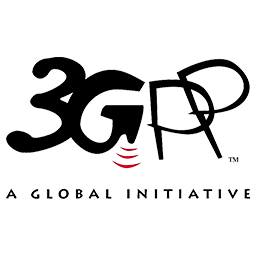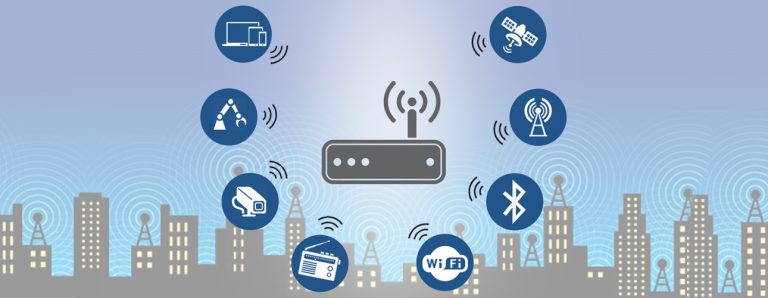
The 3rd Generation Partnership Project (3GPP) was developed in December 1988.
The 3rd Generation Partnership Project (3GPP) was developed by the cooperation of seven world’s primary telecom standard development organizations in December 1988.
The seven telecom organizations are ARIB, ATIS, CCSA, ETSI, TDSI, TTA, TTC which provide the necessary reports and specification defining 3G cellular technologies.
The telecommunication industries often rely on industry-wide standards and specification that create them.
For setting the technical specifications for wireless there are various standard bodies and organizations. Learn more about the origin and role of the International Telecommunication Union.
3GPP is the most influential and one of the global wireless broadband standards.
3GPP Wireless Standard

The 3GPP wireless centralized organization manages the public safety, TV, IoT and automotive services.
Since UMTS, 3GPP has developed 3G cellular industries and it is responsible for maintaining EDGE, GPRS, GSM, LTE, LTE- Advanced and Pro.
The 3GPP wireless centralized organization manages the public safety, TV, IoT and automotive services.
Now, there are about 500 members across 40 countries presently and expected to have more than with the development of 5G.
Process Of 3GPP
3GPP standards are initiated with the concept of R&D and they release increments within the standard to add new features or updating the existing one.
The 3GPP processes have at least four members and they approve the needs as a study item. This study item will progress on and adjusted until this work item is approved.
This is improved further by creating and testing the technical specification, even it can be changed according to the requests. Finally, it is added to reach the commercial site.
Role Of 3GPP Standard
3GPP Develops Specification

They also establish and enhance the Intellectual Property Right (IPR) policy.
3GPP is an organization that develops technical specifications but not standards.
The seven regional standard-setting organizations transfer this specification into a standard which forms the 3GPP partnership. They also establish and enhance the Intellectual Property Right (IPR) policy.
Member Driven Organization
3GPP is an engineering organization which performs administrative IT services like 3GP website.
All engineering works begin and terminate in 3GPP relying on the R&D, technology development, and association of members from across the world.
The high position personalities like chairperson are selected from the members of the company and they must act on behalf of 3GPP.
3GPP Is Done With Good Standard

3GPP is done with good standard.
3GPP provide a specification for end-to-end systems considering the user equipment, service framework, and core network.
These works must be done with a specification of smaller pieces and this is the complexity of the system. Hence, 3GPP is divided into 16 specialized groups along with three governing Technical Specification Groups.
These combined groups accomplish the designs and technical work.
In 3GPP decisions are technology-driven and the results are general agreement based process to all the members of this organization.
3GPP enables the radio access with, network transport with security and quality of service. This also offers non-radio access and internetworking with a wireless network.
3GPP works well on 3G mobile standards and it has progressed on 4G LTE. The members of 3GPP are currently working for 5G mobile standards.









Leave a Reply